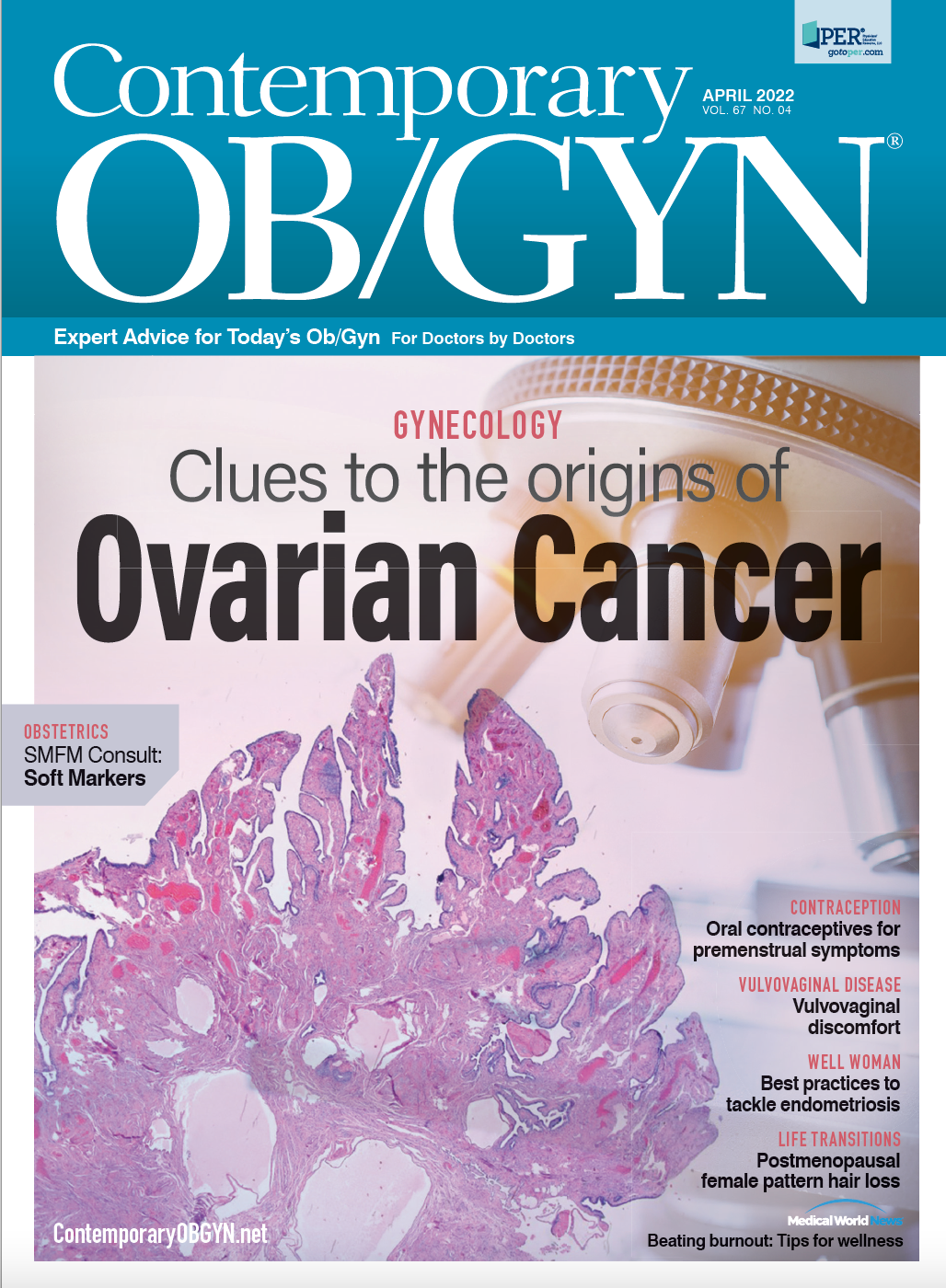Postmenopausal vulvovaginal discomfort
Postmenopausal vaginal symptom severity is not significantly linked to vaginal microbiota or mucosal inflammatory markers, according to a small study in the American Journal of Gynecology & Obstetrics.
However, women receiving vaginal estradiol had a greater abundance of Lactobacillus species and lower vaginal pH at the end of treatment.1
The study is a secondary analysis of a randomized clinical trial published in JAMA Internal Medicine in 2018, in which vaginal estradiol or moisturizer were compared to placebo for moderate-severe postmenopausal symptoms of vaginal discomfort.2
The current analysis compared microbiome, metabolome and immune markers in vaginal fluid samples between subsets of participants with the largest and smallest changes in vaginal symptom severity.
“I find it so perplexing that only half of postmenopausal women report vulvovaginal discomfort,” said Caroline Mitchell, MD, MPH, an associate professor of ob/gyn and reproductive biology at Harvard Medical School, who was senior author of both the study and the analysis.
The investigators used the framework of the clinical trial to identify features of the vaginal microenvironment that predicted improvement and pointed them to the cause of the symptoms. “If we can identify why people develop symptoms -- since all people experience a drop in estrogen -- then we might be able to better treat symptoms,” Mitchell told Contemporary OB/GYN®.
The analysis randomly selected 20 eligible women from each of the 3 treatment arms who achieved a ≥2-point decrease in most bothersome symptom (MBS) severity from enrollment to 12 weeks, referred to as responders.
The analysis also matched 20 eligible participants with a ≤1-point decrease in MBS severity from each arm, labeled nonresponders.
The mean age of the 120 women was 61 years and 92% were White.
At 0, 4, and 12 weeks, the investigators characterized vaginal microbiota (16S ribosomal RNA gene sequencing), vaginal fluid metabolites (broad-based metabolomic profiling), vaginal fluid-soluble immune markers, pH and the vaginal maturation index.
Responders were compared to nonresponders at baseline and across all visits.
There was a significantly greater decrease in diversity of the vaginal microbiota in the estradiol treatment arm vs. other arms, among both responders and nonresponders over the 12 weeks (P < 0.001).
At 12 weeks, 63% of women in the estradiol arm had Lactobacillus-dominant, lower diversity bacterial communities compared to 35% of women in the moisturizer arm and 23% in the dual placebo arm (P = 0.001).
The metabolome, vaginal maturation index and measured immune markers were not associated with responder status over the 12 weeks, but varied by treatment arm.
“I was surprised that there was not a difference in microbiota between women whose symptoms improved and those whose symptoms did not,” said Mitchell, director of the Vulvovaginal Disorders Program at Massachusetts General Hospital in Boston. “While participants in the estrogen arm definitely had a change in their microbial community, having a change in bacteria was not linked to having a change in symptoms. Thus the improvement in pH that we see with vaginal estrogen is a marker of change in bacteria, but does not necessarily reflect the pathway to improved symptoms.”
Mitchell also found surprising the lack of significant differences in cytokines across various symptom severity. “The differences that were significant, such as lower levels of the proinflammatory cytokines interleukin 1 (IL1) alpha and IL1 beta, were counter to the expected direction,” she said.
Mitchell believes that the lack of association between symptom severity and biomarkers may be partly due to the use of MBS as the outcome metric, “which lumps report of pain with sex with vaginal dryness with vulvovaginal itching and irritation -- all of which might have very different underlying pathophysiology.”
Mitchell has been a consultant to Scynexis and receives research funding from Merck. She also receives royalties from UpToDate.
References
- Mitchell CM, Ma N, Mitchell AJ, et al. Association between postmenopausal vulvovaginal discomfort, vaginal microbiota, and mucosal inflammation. Am J Obstet Gynecol. Published online March 3, 2021. doi:10.1016/j.ajog.2021.02.034
- Mitchell CM, Reed SD, Diem S, et al. Efficacy of vaginal estradiol or vaginal moisturizer vs placebo for treating postmenopausal vulvovaginal symptoms: a randomized clinical trial. JAMA Intern Med. 2018;178:681–90.

Current treatments for recurrent bacterial vaginosis leave many patients dissatisfied
February 28th 2025A new study presented at ISSWSH highlights patient dissatisfaction with current treatments for recurrent bacterial vaginosis, emphasizing the need for more effective therapies and improved provider communication.
Read More
Dequalinium chloride found noninferior to metronidazole for BV treatment
May 9th 2024Explore how dequalinium chloride stands as a promising alternative to metronidazole in treating bacterial vaginosis, offering comparable efficacy, safety, and tolerability, as revealed by a recent noninferiority trial.
Read More
